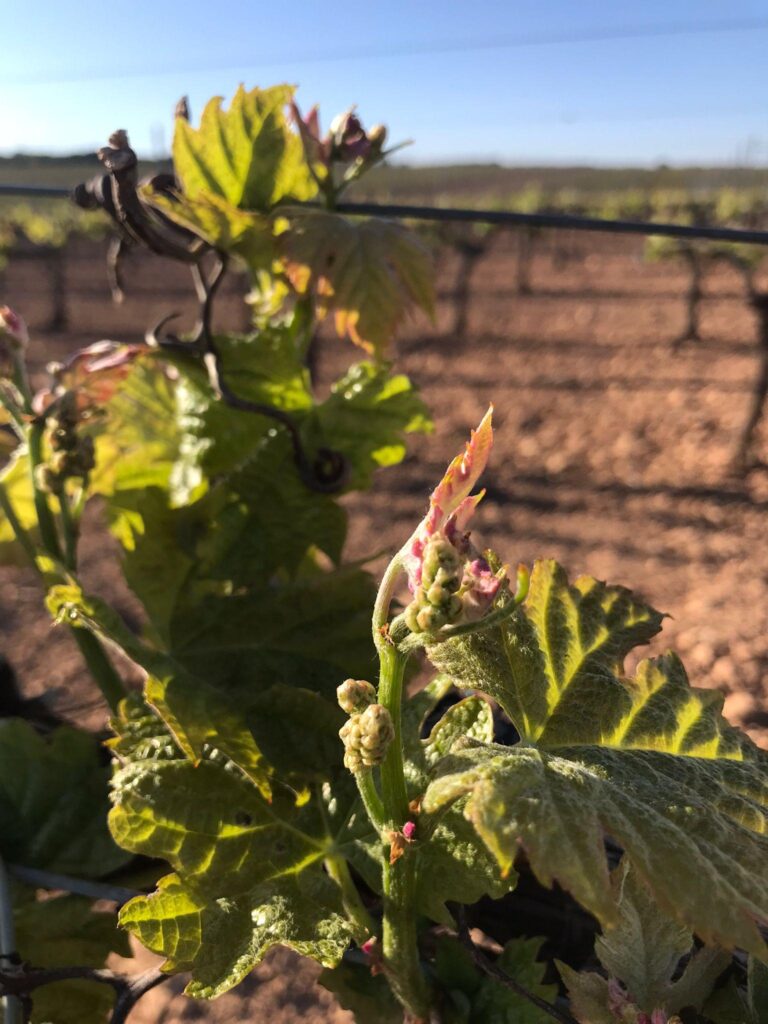Enjoying a good wine is a pleasure that allows us to make a parenthesis in the daily stress, that moment of relaxation in which the problems pass to a second plane. Any time is a good time. But for the wine to reach the glass, everything begins in the vineyard, where the vines go through the development cycles that complete the process. These are the phenological stages of the vine. Here we tell you about them.
Phenology
The study of biological phenomena in relation to climate, particularly seasonal changes. The concept, adapted to the complete development of the vineyard cycle, shows us the keys to the phenological stages of the vine, from its origin to the ripening period. The exhaustive follow-up of this process allows the winegrower to monitor in detail the evolution of the vine and to apply the optimal treatment required by the plant at each stage.
There are many sources for reviewing the phenological stages of the vine. The oldest is that of M. Baggiolini, who initially divided the phenological evolution of the vineyard into ten stages in 1952. A few years later, Peterson added five more stages, from bud break to leaf fall. Without going into numbers, in this article we will explain the different stages in a didactic way.
In temporal order and using the seasons as a starting point, the first phenological stage is known as winter bud. This is just the period after leaf fall. The vine does not present vegetative activity and the winter name of the term responds to the resistance to temperatures of up to fifteen degrees below zero.
The dormant buds open the way to the second phenological stage of the vine, the weeping. The raw sap bursts through the pruning wounds and the first external manifestation of the plant’s activity occurs. From this episode on, the yolk begins to swell. Thus, the outer scales separate and the hairy surface emerges.
The next chapter in the phenology of the vine is known as the green tip and is the moment when the rise in temperatures causes the bud to open and the first green shoot to appear, which represents the prelude to the next stage, that of the incipient leaves. The arrival of spring causes the birth of the first open leaf of the shoot, although at its base it is still protected by the bloom.
The budding of the first leaf uncorks the next stage, in which the leaf apices become fully visible, grow, expand and the different varietal characteristics begin to be appreciated.

After this stage, the clusters begin to be visible, and the rudimentary inflorescences begin to be seen at the end of the shoot. From visible clusters, the vine passes to separate clusters. The floral organs still remain crowded, but the inflorescences are elongated and appear spaced along the shoot.
In the next phenological stage, which experts identify as that of the separate flower buds, the beginning of flowering begins. The calyptra separates from the base of the ovary and falls, exposing the flower organs. Later, at the later stage, the vine reaches full bloom with the maturity of the stamens and pistils.
The beginning of summer triggers fruit set, which allows the withered stamens to fall, so that the thickening of the fertilized ovaries will form the grape berry. The contribution of nutrients favors the increase in the size of the grains, which reach the next stage of flowering with the denomination of pea grains, in relation to the size they acquire. This growth of the fruit causes the cluster to close and all parts of the cluster are fully formed.
With the cluster closed, the beginning of veraison begins. A temporary growth arrest occurs as chlorophyll is progressively lost. At the same time, and simultaneously, the characteristic coloration of each variety begins, whose evolution gives way to full veraison, where the berry acquires a translucent appearance, a softer and more elastic consistency, and is covered with pruina. Autumn is approaching and ripening begins, a process in which growth resumes, acidity declines and sugars accumulate. It is here where the aromas that characterize each variety are generated.
In autumn the leaves begin to fall, this is the penultimate stage of the vineyard phenology (with the grapes already harvested). At the beginning, with 5% of the leaves fallen, and at the end of the cycle, respiration is reduced and transpiration stops. At this stage, the cycle ends with total leaf fall.

The study of this phenological cycle of the vine has a special incidence in the care of the vineyard, since it allows us to analyze how the development and growth of the vegetative and fruiting organs occur in a very close relationship with the climatic and cultural conditions. The phenology of the vine is closely linked to the biological agents of the environment and the cultural requirements of the vineyard.




